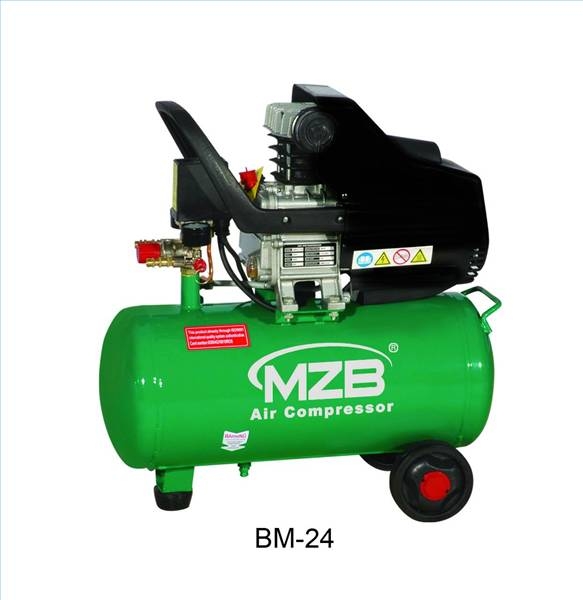
A compressor increases the pressure of a gas. This means that reduces the volume of the gas and increases its density without turning that gas into a liquid. Compressors can do this in a number of ways. However, the commonality between all compressors is the fact that they all use some sort of fuel, such as gasoline or electricity, to power whatever compression method they use. Also, because the compressor increases the pressure on the gas, it increases the temperature of the gas. Many other types of compressors are used for various chemicals and fuels that require compression.
Centrifugal compressors use a spinning rotor to drive gases to the outside of the rotor and expel or store the gases at higher pressures than before they entered the compressor. This rotor in the compressor is known as an impeller. It is basically a fan blade stored inside a housing with two open ends. The fan blade is spun by a motor. The impeller sucks in air through one opening and practically spins the air to the outside of the housing. This spinning actions causes the air's volume to decrease as the air is forced to the outside of the impeller. The air is then expelled, just as in a normal fan, out the other end of the impeller. This released air must be contained or used immediately to maintain its pressurized state.
A reciprocating compressor uses a crankshaft to turn pistons used to compress air. These compressors look a lot like car engines and operate in a similar manner except for the fact that the compressed air does not explode. The compressors can use multiple pistons and can generate air compressed at extremely high pressures. These compressors are the most commonly found compressors on portable air compression units.